
Chaos Gardening: How to Create a Wild, Low-Maintenance Garden That Thrives Naturally
Published: 30/10/2025 | Updated: 30/10/2025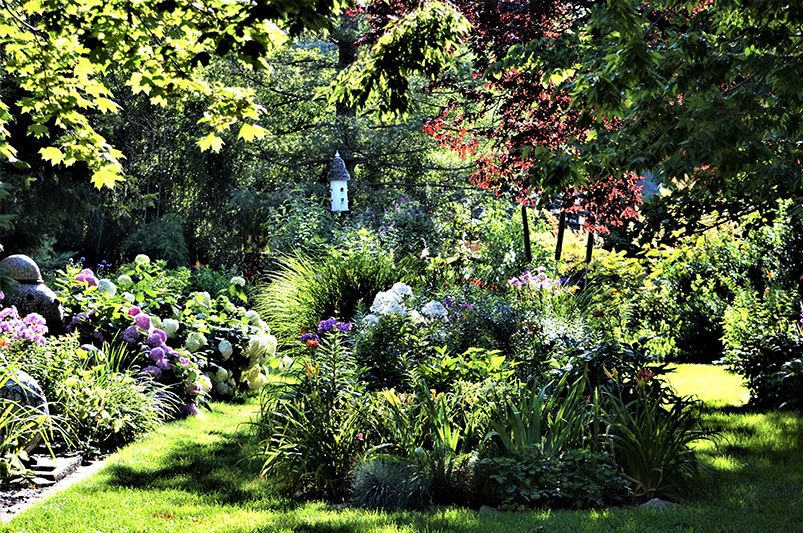
Chaos Gardening: Embrace Wildness with Intent
Do you dream of a thriving garden that buzzes with life but dread the constant upkeep? Enter chaos gardening — the movement that celebrates nature’s unfiltered creativity. This approach blends biodiversity gardening, permaculture principles, and a deep respect for natural order (or disorder).


Instead of fighting nature’s instincts, chaos gardening says: “Let nature choose.” By scattering seeds freely and letting plants find their place, you create a self-balancing, low-stress ecosystem that practically maintains itself.
Today, we’ll explore the roots of this fascinating trend, why biodiversity matters, and how you can start cultivating your very own untamed paradise — right in your backyard.
The Chaos Gardening Philosophy
Traditional gardening often relies on tidy rows and tight control. Chaos gardening does the opposite. It thrives on freedom, spontaneity, and natural evolution.
This isn’t about neglect — it’s about trust. You scatter diverse seeds, step back, and let natural relationships emerge. The plants decide who competes, who cooperates, and which combinations flourish best. Over time, the garden becomes a living ecosystem that reflects your region’s soil, weather, and wildlife.
Key Idea: Nature has millions of years of design experience. Your role is simply to set the stage.
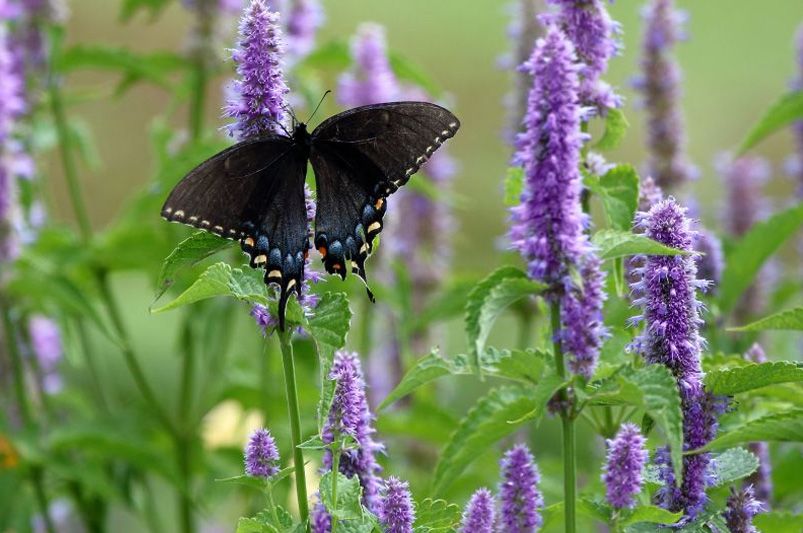
Embracing Wildness with Little Effort
For those who love nature but lack time for high-maintenance landscapes, chaos gardening is a revelation. After your initial seed scattering, nature becomes the caretaker. Plants self-seed, beneficial insects arrive, and succession takes over organically.
This approach not only saves hours of work but also builds ecosystem resilience — helping your yard resist pests, diseases, and drought naturally.
Actionable Step:
After sowing, give your garden a full growing season before “tidying up.” Let the plants compete, cohabitate, and self-balance. The result will surprise you.
Example:
In Austin, Texas, a gardener scattered a mix of native wildflower seeds across her yard. By summer, she had a riot of color, buzzing pollinators, and zero maintenance headaches — all thriving through 100°F days.
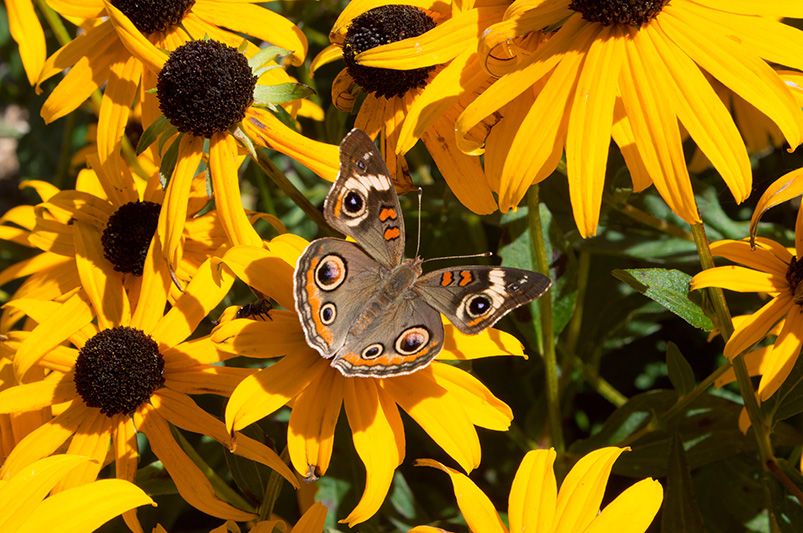
Why Biodiversity Matters
Chaos gardening’s magic lies in its biodiversity. A diverse mix of plants strengthens the entire system — from soil microbes to birds and butterflies.
-
More pollinators = more flowers and fruit.
-
More root types = better soil health.
-
More natural predators = fewer pest outbreaks.
Actionable Tip:
Include at least 15 different species in your seed mix. Blend wildflowers, herbs, native grasses, and vegetables for a mini ecosystem that supports life at every level.
Case Study:
Research shows that gardens rich in biodiversity can increase beneficial insect populations by up to 60%, dramatically cutting down on pest problems without chemicals.
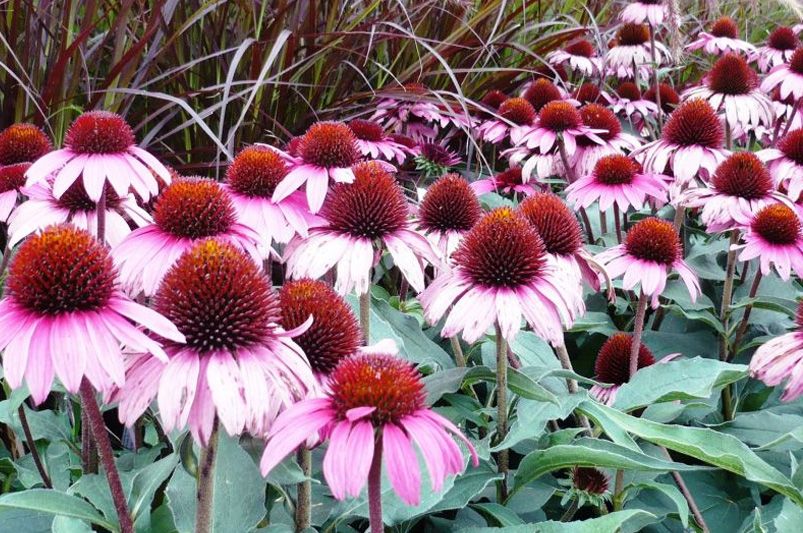
Creating Your Chaos Garden
So how do you start? It’s easier than you think. You just need intention, diversity, and trust in nature’s process.
1. Selecting the Perfect Spot
Chaos gardens love the sun. Choose a space with:
-
6–8 hours of sunlight per day
-
Well-draining soil (watch for puddles after rain)
-
A location you’re okay with letting evolve naturally
Avoid heavily shaded or flood-prone areas.
Pro Tip: If your soil is poor, add a thin layer of compost or mulch before scattering seeds. This boosts germination while keeping the environment as natural as possible.
2. The Art of Natural Seed Scattering
Forget neat garden rows — nature doesn’t plant in straight lines.
Mix your chosen seeds — native wildflowers, herbs, and edible plants — then broadcast them evenly across the soil. You can blend in a bit of compost or sand to help distribute them.
Bonus Tip: Combine seeds that vary in root depth and blooming periods to maximize diversity and ensure year-round color.
Example:
Gardeners in Oregon found that mixing native wildflower seeds with compost increased germination by 20%, resulting in stronger, more resilient growth.
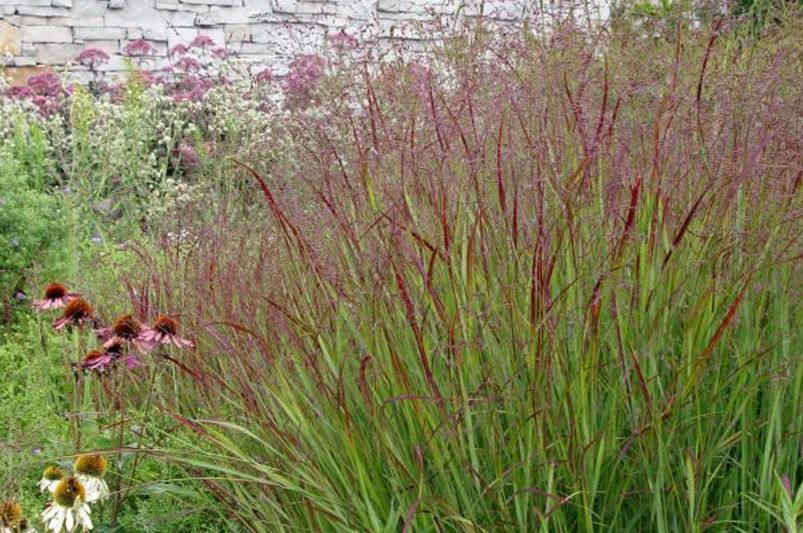
3. Watering Wisely
At the beginning, give your chaos garden a generous soak to help the seeds settle. After that, let rainfall do most of the work.
Simple Routine:
-
Water well after sowing.
-
Cut back as plants establish.
-
Let nature dictate when watering’s needed.
Once the plants’ roots grow deep, your garden will handle dry spells better than most manicured landscapes.
The Beauty of Imperfection
The charm of chaos gardening lies in its organic unpredictability. Forget symmetry and uniform color blocks — this is about celebrating variety and texture.
A chaos garden evolves daily, offering new blooms, unexpected plant pairings, and a sense of movement that manicured gardens can’t replicate.
Mindset Shift:
A “wild” garden isn’t messy — it’s alive. View every uneven patch and self-sown sprout as nature’s artistry at work.
Example:
At the Chelsea Flower Show, naturalistic “wild gardens” stole the spotlight, praised for their emotional impact and ecological value. What once seemed unruly is now seen as inspired design.
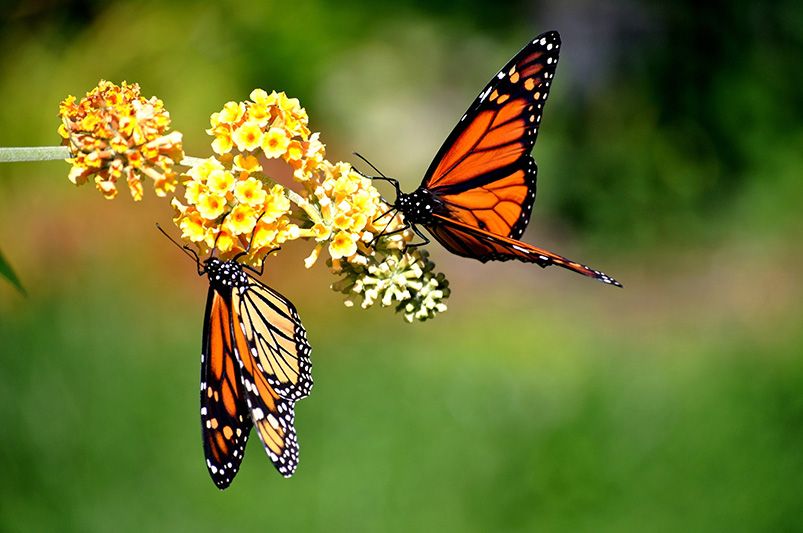
Chaos Gardening Meets Permaculture
Chaos gardening naturally aligns with permaculture gardening — a design philosophy centered on working with, not against, nature. Both value sustainability, resilience, and minimal interference.
By mimicking natural ecosystems, chaos gardens reduce resource waste and create self-sustaining cycles. Leaf litter becomes mulch. Insects become pollinators. Weeds become wildflowers.
Pro Tip:
Add perennials like echinacea, lavender, and yarrow. They self-seed reliably, attract pollinators, and stabilize the ecosystem over time.
Chaos Gardening in Action: Letting Nature Lead
-
Start small — try one section of your yard.
-
Use native species — they’re best adapted to your climate.
-
Observe before intervening — patience pays off.
-
Leave room for volunteers — let nature fill gaps with surprises.
The reward? A thriving, ever-evolving environment that invites bees, butterflies, and birds while requiring minimal effort from you.
The Environmental Benefits
Chaos gardening isn’t just low-maintenance — it’s planet-friendly.
-
Reduces chemical use: No need for fertilizers or pesticides.
-
Improves soil health: Diverse roots enhance aeration and nutrient cycling.
-
Boosts carbon capture: A mix of perennial plants locks more carbon in the soil.
-
Supports wildlife corridors: Every small patch contributes to biodiversity.
With each seed you scatter, you help rebuild the natural balance — right from your backyard.
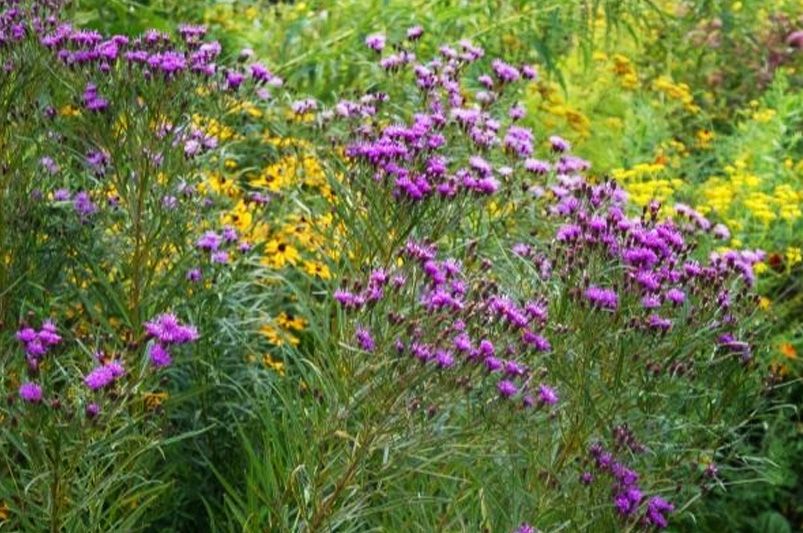
The Joy of Letting Go
In a world obsessed with control and perfection, chaos gardening offers a refreshing antidote. It invites you to trust nature’s rhythm and enjoy the surprises along the way.
Every wild bloom, every self-sown sprout, and every visiting butterfly is a reminder: nature doesn’t need micromanagement — only a chance to thrive.
So go ahead. Grab a handful of seeds, throw them into the wind, and let your garden tell its own story.
Downloadable Guide: The Beginner’s Chaos Gardening Starter Pack
Get the “Wild by Design” Chaos Gardening Starter Guide
Discover the essentials for building your own self-sustaining wild garden. This free PDF includes seed mix suggestions, low-maintenance design layouts, and watering timelines to help you unleash your garden’s natural beauty.
Download the “Wild by Design” Chaos Gardening Starter Guide Now
Ready to transform your yard into a natural masterpiece?
Visit ShrubHub.com today and connect with expert landscape designers who can help you bring your chaos garden vision to life — perfectly imperfect, beautifully sustainable.
FAQs
1. What is chaos gardening?
Chaos gardening is a natural gardening method where seeds are scattered randomly, allowing plants to grow, compete, and self-organize — creating a vibrant, low-maintenance ecosystem.
2. Is chaos gardening suitable for small yards?
Yes! You can apply chaos gardening principles to containers, raised beds, or small plots — just scale down your seed mix and observe nature’s process.
3. Do I need to weed a chaos garden?
Only lightly. The goal is balance, not control. Remove only invasive species that dominate the space.
4. What seeds work best for chaos gardening?
Native wildflowers, pollinator plants, herbs, and low-maintenance perennials like coneflower, coreopsis, lavender, and dill all thrive in chaos gardens.
5. How long until I see results?
You’ll notice sprouts within weeks, but the true magic unfolds over seasons as plants establish natural rhythms and self-sustain.


